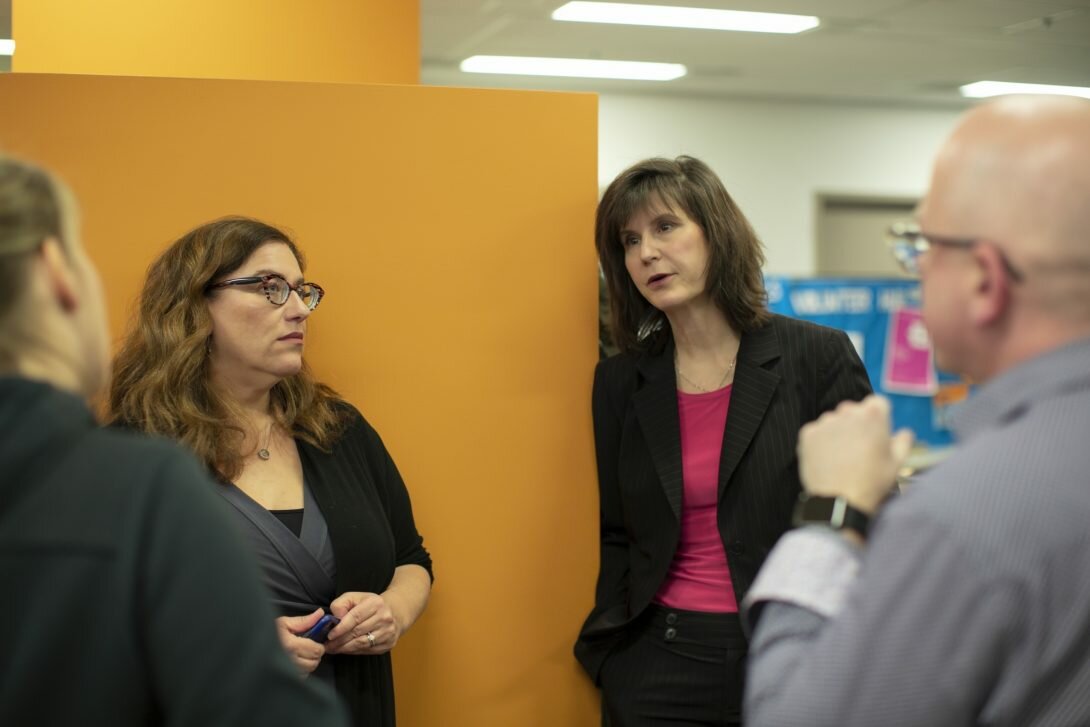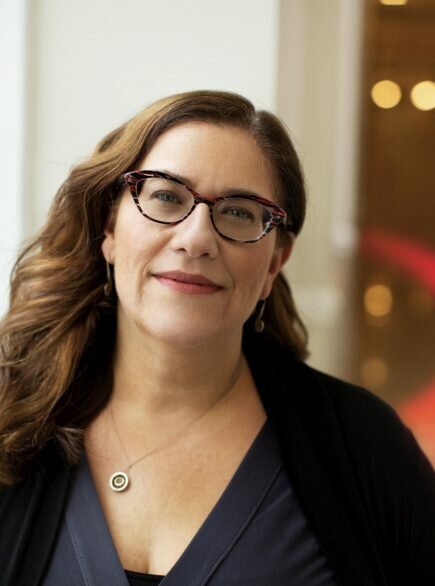IMPROVING ACCESS TO YOUTH MENTAL HEALTH CARE
When Kids Help Phone took its first call 30 years ago, the charity never imagined how big an impact it would have on the lives of young people across Canada. For the first time ever, kids in distress had access to counselling, no matter their location, their situation or their background.
Throughout the years, Kids Help Phone has strived to keep pace with the changing needs of the people it serves. The service expanded beyond phone to include email and chat counselling. And recently, the charity launched an SMS platform called Crisis Text Line powered by Kids Help Phone.

MAKING A DIFFERENCE ON KIDS’ TERMS
Alisa Simon, Vice President, Service Innovation and Chief Youth Officer, spearheaded the adoption of the new platform. “Young people are going to do the things they’re going to do,” she said. “They’re going to use technology and innovation, and we need to figure out how to leverage that to be there for them in the ways that they need and want.” Considering how today’s young people are connecting with each other, SMS, while not a new technology, was a clear solution. “As a charity that is the go-to place for young people in Canada, we will be irrelevant if we don’t figure out how digital technology and innovation and the next thing can allow us to be there for young people.”

BUILDING CONNECTIONS FOR SUCCESS
Alisa recognized that demand for counselling services was growing beyond the charity’s capabilities, so she made it a priority to ensure that every young person in distress can get help — without getting a busy signal or experiencing long wait times.
Kathy Hay, President and CEO of Kids Help Phone, knew that implementing a texting service would demand a whole new approach. One that would mean dissolving barriers and breaking down silos to leverage existing technologies, resources and data.

“This was an extraordinary move for Kids Help Phone,” she said. “It required a lot of partnership. Not only partnerships with governments, technology companies, staff, sponsors and donors, but with young people themselves, who’ve told us that they want to reach us through text and Internet.”
Kathy believes there is a better, more financially responsible way to improve the delivery of health care in Canada. “As a system, we need to be responding to Canadians. We’re continually investing in a system of the past. But we’re not consumers of the past. So why is the health care system still using the fax machine? We have solutions in front us. And part of those solutions is better integration and more collaboration.”
One of the most rewarding partnerships for Kids Help Phone has been the one with Canada Health Infoway (Infoway). According to Alisa, funding provided by Infoway was instrumental in making Crisis Text Line powered by Kids Help Phone a reality. “ Infoway believed in the platform from the very beginning.”
DIGITIZING SERVICES IS JUST THE BEGINNING
Today, Crisis Text Line powered by Kids Help Phone has 350 texting conversations per day. Young people can send a text and get help in as little as 40 seconds. The technology even allows the charity to respond to communities in crisis. For example, following the Humboldt Broncos bus crash in Saskatchewan in April 2018, the Kids Help Phone team was able to increase its capacity to be there for anyone who needed counselling services. Alisa also sees the potential for data captured from the platform to help influence policy around youth mental health in Canada.
Kids Help Phone is fully embracing digital technology and sees the Crisis Text Line as a small, but significant step in the digital transformation of Canada’s health care system. Kathy intends to continue to seek out opportunities for partnership and collaboration that will dissolve barriers and improve access to health care services for all Canadians. She hopes others will embrace the ACCESS 2022 movement just as she has, to realize the vision of a new day for health care in Canada.




